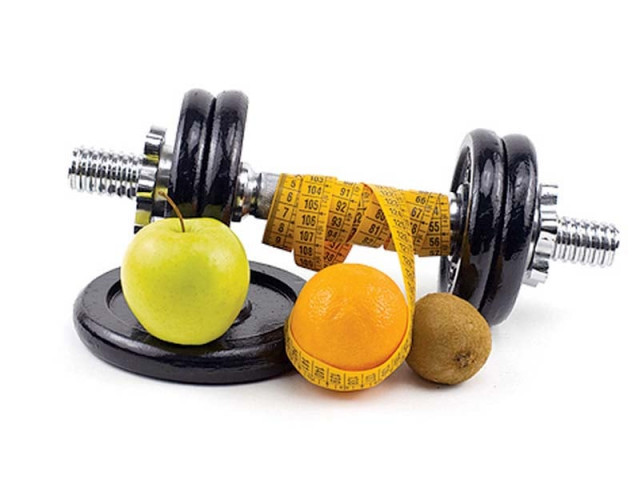Love for fitness begins in the womb
Women who remain physically active during pregnancy have exercise-friendly babies

The research may help develop strategy to overcome evils of physical inactivity. PHOTO: FILE
“Our study in a mouse model is important because we can take all those effects out of the equation. We studied genetically identical mice and carefully controlled the amount of physical activity of the mothers before pregnancy,” said senior author Robert A Waterland from Baylor College of Medicine in the US.
To reach this conclusion, the team selected female mice that all enjoyed running and divided them into two groups. One was allowed access to running wheels before and during pregnancy, and the other was not.
Stress during pregnancy linked to low birth weight of babies
During early pregnancy, female mice with running wheels ran an average of 10km a night. They ran less as pregnancy progressed but, even by the beginning of the third trimester, they ran (or walked) about three kilometres each night.
Importantly, their increased activity persisted into later adulthood and even improved their ability to lose fat during a three-week voluntary exercise programme. “Although most people assume that an individual’s tendency to be physical active is determined by genetics, our results clearly show that the environment can play an important role during foetal development,” Waterland added.
If a similar effect can be confirmed in humans, it could represent an effective strategy to counteract the current worldwide epidemic of physical inactivity and obesity.
Published in The Express Tribune, April 3rd, 2016.
Like Life & Style on Facebook, follow @ETLifeandStyle on Twitter for the latest in fashion, gossip and entertainment.



















COMMENTS
Comments are moderated and generally will be posted if they are on-topic and not abusive.
For more information, please see our Comments FAQ